We explore Gabriel García Márquez, his career and literary influences. In addition, we discuss his characteristics, works and awards.
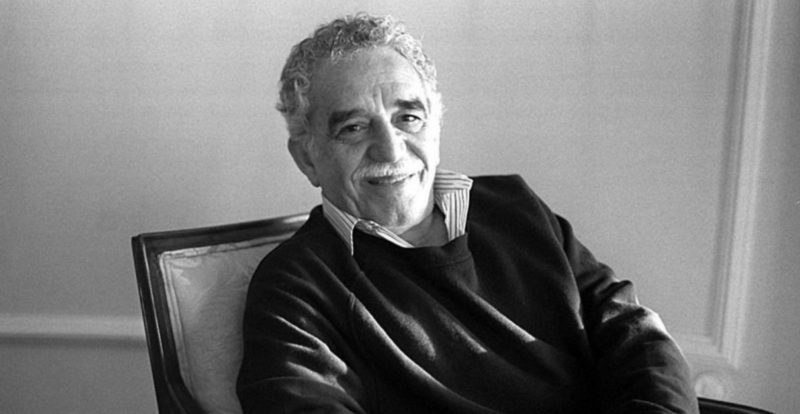
Who was Gabriel García Márquez?
Gabriel García Márquez, known by his nickname "Gabo"—a pseudonym given by Eduardo Zalamea Borda, editor of the newspaper El Espectador—was a Colombian journalist, writer, screenwriter, and editor regarded as the foremost exponent of literary magic realism, and one of Colombia’s most celebrated writers.
The works of García Márquez are among the most renowned in Latin American literature, particularly his novel One Hundred Years of Solitude (1967), winner of numerous international awards. His oeuvre is encompassed within the so-called "Latin American Boom", as the wave of Latin American writers who emerged in the 1960s promoted by Spanish literary agent Carmen Balcells became known in Spain and worldwide.
García Márquez gained widespread popularity not only for his literary and journalistic genius but also for his openly leftist political stances. His well-known friendship with Cuban leader Fidel Castro sparked controversy both within and outside the literary world.
- See also: Jorge Luis Borges
Birth of Gabriel García Márquez
Gabriel José de la Concordia García Márquez was born in Aracataca, a Colombian town in the Magdalena department, on March 6, 1927, to Gabriel Eligio García and Luisa Santiaga Márquez.
During his early childhood, his upbringing was in charge of his grandparents, until he later moved with his parents to Sucre, Barranquilla, in 1929.
Brief biography of Gabriel García Márquez
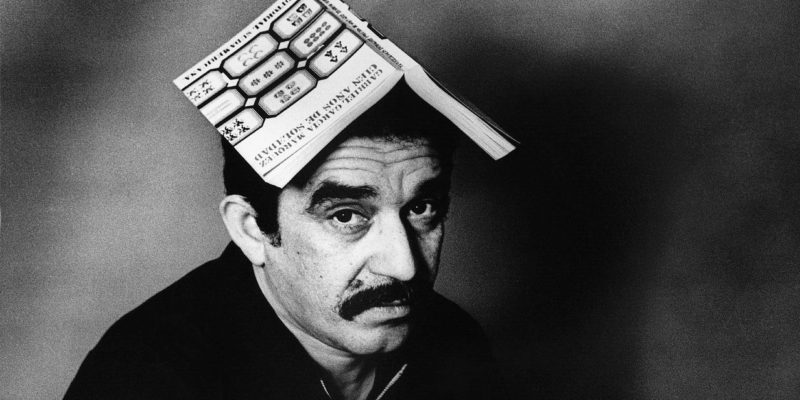
Gabriel García Márquez was a shy and reserved young man, not much inclined towards physical activities, with a penchant for writing humorous poems and drawing comic strips in the classes of the boarding school where he studied in Barranquilla.
He entered law school at the National University of Colombia in Bogotá. In those years, his first short story "La tercera resignación" appeared in the newspaper El espectador.
In March 1958, he married Mercedes Barcha, daughter of the apothecary of his hometown Barranquilla. They had two sons: Rodrigo and Gonzalo.
García Márquez did not complete his law degree, as the university was closed following the Bogotazo riots, leading him to decide to focus entirely on journalism. He never finished his higher education.
Journalistic Career of Gabriel García Márquez
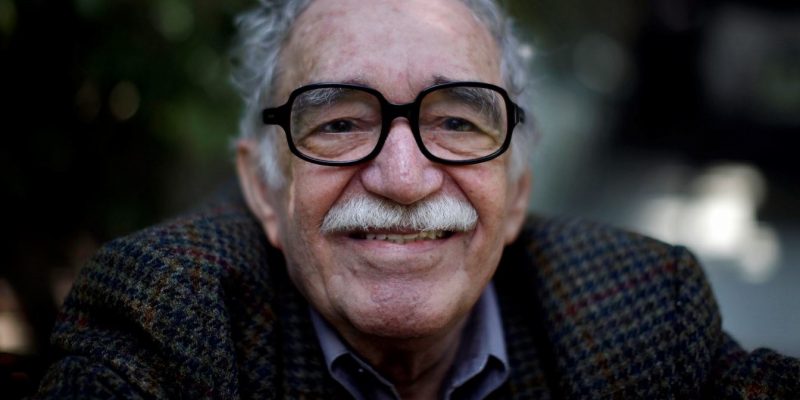
Gabriel García Márquez began his career as a journalist at the newspaper El Universal, before working for El Heraldo. In 1961, he settled down in New York with his wife and first son to work as a correspondent for the Latin press.
However, pressures and threats from Cuban dissidents in the United States and the CIA forced him to move to Mexico City, where he spent most of his life. His ties with Fidel Castro and his political stances earned him the classification of "subversive" by the US government.
Literary Influences of Gabriel García Márquez
García Márquez was close to the Barranquilla Group, a literary association that was active from the 1940s to the late 1950s. There, he became acquainted with the works of the major Anglo-Saxon realist writers: Ernest Hemingway, Virginia Woolf, James Joyce, and particularly William Faulkner, who had a profound influence on his work.
He was an admirer of Ancient Greek tragedy, such as those by Sophocles. He also often acknowledged the influence that the 1939 Colombian iconoclastic poetic movement "Piedra y cielo" (Stone and sky) had on him.
Literary characteristics of his work
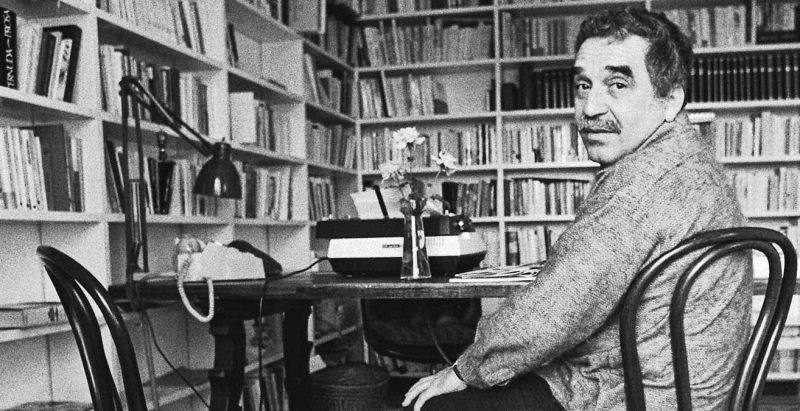
Gabriel García Márquez's work is mainly encompassed within magic realism, a literary fiction movement characterized by the integration of fantastic or mythical elements into realistic narratives, of which García Márquez is the leading figure alongside Guatemalan Miguel Ángel Asturias.
Gabo sought out to reconcile the childhood stories told by his grandmother with his political and Latin Americanist concerns, taking up the concept of the "marvelous real" held by Cuban writer Alejo Carpentier. His style garnered both widespread support and enormous artistic success, as well as accusations of exoticism. To all of this García Márquez consistently responded that there was not a single line in his novels that was not inspired by reality.
Major literary works of Gabriel García Márquez
García Márquez's body of work consists mainly of novels, short stories, journalistic articles, memoirs, television scripts, dramatic narratives, and journalistic fiction. Among his best-known works are:
- No One Writes to the Colonel (El coronel no tiene quien le escriba) (novel, 1961)
- One Hundred Years of Solitude (Cien años de soledad) (novel, 1967)
- Chronicle of a Death Foretold (Crónica de una muerte anunciada) (novel, 1981)
- Love in the Time of Cholera (El amor en los tiempos del cólera) (novel, 1985)
- The Story of a Shipwrecked Sailor (Relato de un náufrago) (journalistic fiction, 1970)
- Big Mama's Funeral (Los funerales de la Mama Grande) (short stories, 1962)
- Eyes of a Blue Dog (Ojos de perro azul) (short stories, 1972)
- Strange Pilgrims (Doce cuentos peregrinos) (short stories, 1992)
- Living to Tell the Tale (Vivir para contarla) (memoirs, 2002)
Awards and recognitions of Gabriel García Márquez
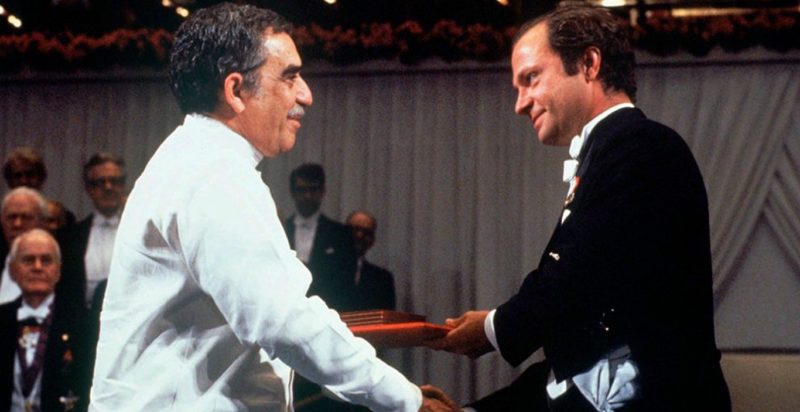
García Márquez received numerous awards celebrating his thought and work, among which the following stand out:
- Nobel Prize in Literature (1982).
- Esso Literary Prize (1961).
- Rómulo Gallegos Prize (1972).
- Honorary Doctorate from Columbia University in the City of New York (1971).
- Mexican Order of the Aztec Eagle (1982).
- Legion of Honor Medal (Paris, France, 1981).
- In 2010, his birthplace in Aracataca, Colombia, was rebuilt and turned into a museum that bears his name.
- In 2008, a cultural center bearing his name was built in Mexico.
- In 2015, his portrait appeared on a new series of Colombian banknotes.
Political activism of García Márquez
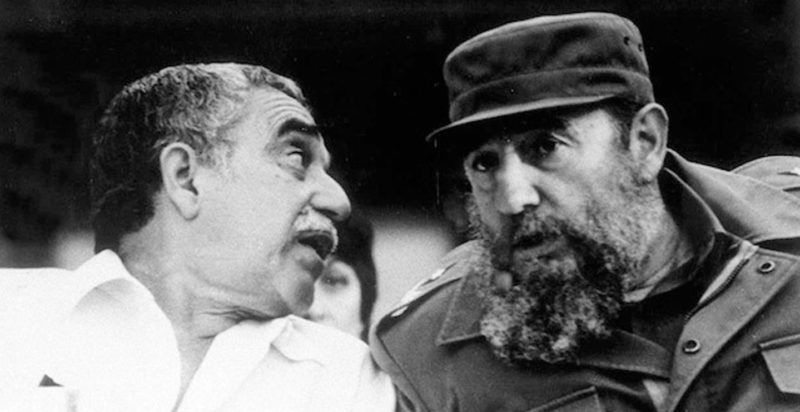
Gabo adhered to a socialist view of the world, though he did not formally join any political party or identify himself as a communist. Like many intellectuals at the time, he sympathized with the Cuban Revolution led by Fidel Castro, with whom he maintained a long-standing friendship.
He traveled to communist countries in Eastern Europe, including Poland, Czechoslovakia, East Germany, Hungary, and the USSR, and later wrote chronicles expressing his disagreement with the situation there.
His Nobel Prize acceptance speech, entitled "The Solitude of Latin America", addressed many of his political and philosophical considerations regarding his vision of the future of the continent.
García Márquez in fiction
García Márquez appears as a fictional character in Claudia Amengual's novel Cartagena (2015), and in "El escritor de canciones". Many of his works have been adapted into film and television.
Death of García Márquez
Gabriel García Márquez died in Mexico City in April 2014, having been diagnosed with lymphatic cancer. Upon his death, three days of national mourning were proclaimed in Colombia.
Explore next:
Was this information useful to you?
Yes NoThank you for visiting us :)